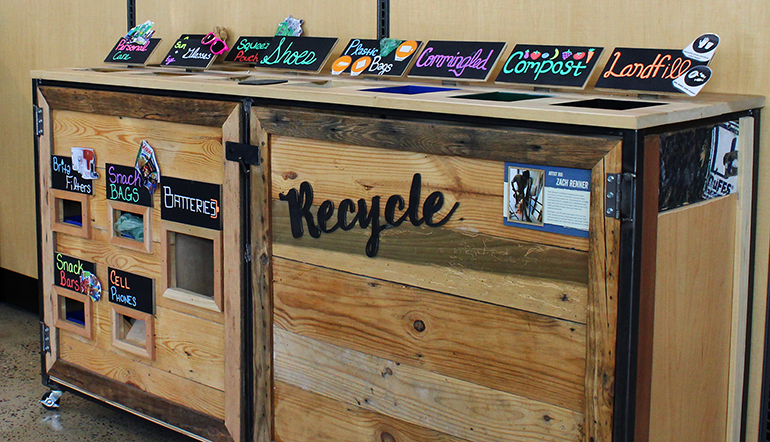There are plenty of short films that have been released which tell the story of plastic and explain how it has impacted our environment. For example, we have watched several short films in class, such as the Story of Plastic and the short mockumentary. I decided to look at a different style of video for this assignment, and I took a look at a short cartoon video that was released by Cartoon Network and depicts the story of a Whale’s Tale that is stuck in plastic. The title of the video is “A Whale’s Tail” by CBC Kids. This film is meant for younger audiences, such as children who watch Cartoon Network. The purpose of the film is to educate kids on the effects of plastics in the ocean and how they harm marine life. The organization that released this video is a Canadian children’s network, and after doing some research, I could not find any means for bias within their organization. They educate children on global issues in a way that is easy to understand and does not put too much pressure on the youth.
From a child’s perspective, the trash is harming marine life and causing harm to the animals’ atmosphere. In the short film, the fishermen are looking in the water while putting a fishing net from the water. After picking plastic from the net, a fisherman becomes scared of a loose crustacean in the net. He drops the net in the water, which eventually catches on a whale’s tail. Following that, there is another scene where there is a jellyfish that camouflages from a sea turtle because it is surrounded by plastic bags. The sea turtle cannot distinguish the difference between plastic bags and their food, which causes a false sense of fullness, called satiety.
In the film, the animals work together to “clean up” the ocean by collecting the trash and placing it in the net that is caught on the whale’s tail. By doing so, they cleaned up their habitat but had to do so by harming the whale. Children understand this message and are able to feel sympathy for the hurt whale. Finally, the marine life work together to raise the whale to the surface so it can breathe. When arriving at the surface, the fishermen who lost their net on the whale’s tail helped to free the whale from the trapped net and garbage mess.

Image from A Whale’s Tail (CBC Kids) Youtube.
Overall, I believe that this short film was very effective in teaching the basics of ocean pollution to children. They can only understand this topic to a certain extent, because not even adults are able to tackle this issue entirely. The network created a film that is educational, emotional, and effective in teaching the audience to not pollute the ocean, which is a great message to spread to new generations. After all, it will affect them the most as global warming is an increasing issue.
Sources:






